to
freedom
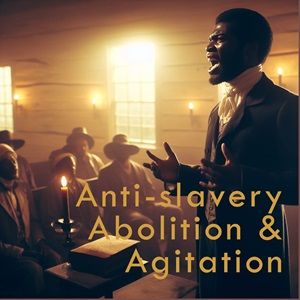
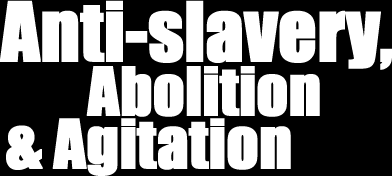
Study Areas
August 1847
Frederick Douglass and William Lloyd Garrison Visit Harrisburg
The following article is excerpted from The Year of Jubilee: Men of God, pp. 460-468.
When William Lloyd Garrison proposed, in the pages of the Liberator, to pay a visit to “our friends and coadjutors at the West,” by which he meant the Western Anti-Slavery Society in Ohio, Harrisburg’s anti-slavery activists became energized with the prospect of seeing the man who had done so much for the cause. They knew that the route to Ohio would logically pass through Harrisburg, so their chance of seeing Garrison, who up to this point had never visited the central Pennsylvania area, was very good.
The level of excitement rose when it was announced that Frederick Douglass, the escaped slave who was now an anti-slavery lecturer, would accompany Garrison on this trip. Douglass had just published his autobiography, Narrative of the Life of Frederick Douglass, two years before, and was just beginning to become known as a powerful speaker outside of New England anti-slavery circles. His new notoriety was thanks to the coverage that Garrison had provided in the pages of the Liberator, and he was just returning from a very successful tour of Great Britain, where he championed the immediate emancipation cause to British abolitionists. Douglass’ star was clearly rising, and the possibility that Harrisburg’s citizen’s might induce him and Garrison to not only stop in town, but also deliver an address while here led several black citizens to call for a meeting to discuss the idea.
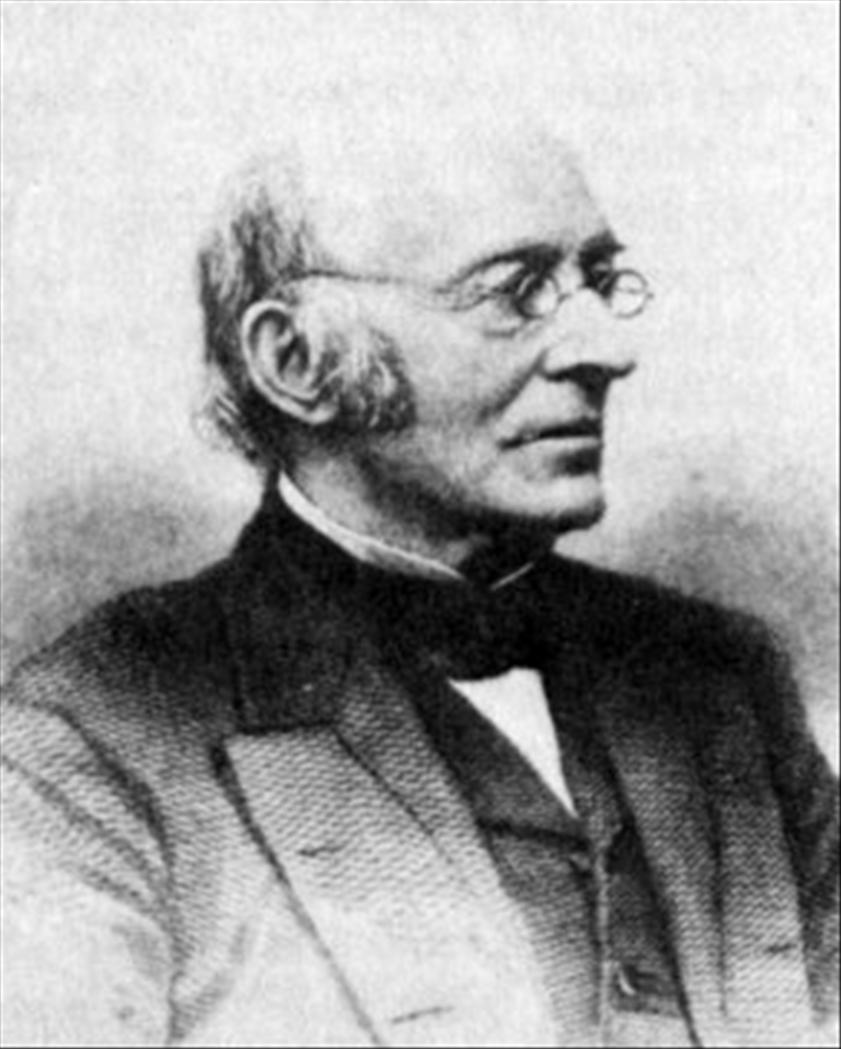 They agreed to meet in the Wesley Union A.M.E. Zion church, which by this time had been relocated from the log building at Third and Mulberry streets to a plot purchased by the congregation from the Forster family, on the southeast corner of South Street and Tanner Alley. It was here, in the small brick church building, that a number of people gathered on 20 July 1847 “to take into consideration the propriety of inviting W. L. Garrison and F. Douglass to pay them a visit on their route to the West.”
They agreed to meet in the Wesley Union A.M.E. Zion church, which by this time had been relocated from the log building at Third and Mulberry streets to a plot purchased by the congregation from the Forster family, on the southeast corner of South Street and Tanner Alley. It was here, in the small brick church building, that a number of people gathered on 20 July 1847 “to take into consideration the propriety of inviting W. L. Garrison and F. Douglass to pay them a visit on their route to the West.”
The Reverend David Stevens had resumed his post as pastor when the congregation moved to its new home, and it is likely he was in attendance at the meeting. One influential Harrisburg black activist was not in attendance. Junius Morel, who had helped to organize local African Americans in their opposition to the pro-slave forces, and who had forged a mutually respected alliance with local white abolitionists, had moved to Brooklyn, New York a few years prior. His place as leader of the African American anti-slavery crowd was amply filled by the pastors and leading members of Wesley Union A.M.E. Zion and the Bethel A.M.E. churches, many of whom were in attendance on this day.
Three local men were appointed to a committee to draft resolutions requesting a visit from the famed anti-slavery men. One of the men, the “athletic and stately” Edward Bennett, had been a community leader and a leading member of this church for many years, and in fact still maintained his home at Third and Mulberry streets, in the old neighborhood. At about forty-three years of age, he was the oldest of the three appointees. Thomas Early, the second-eldest appointee, was about twenty-nine years old and newly married. John F. Williams, at age twenty-seven, was the youngest of the draft committee members. He had only been married for about a year, and had a one-year-old son at home.
All three men were dedicated anti-slavery activists. Williams was the person who would open up his home to Martin R. Delany two years later. The resolutions that were written by Bennett, Early, and Williams, and which were unanimously adopted by those in attendance, were complimentary toward the efforts of both Douglass and Garrison, and were straightforward in requesting that they “stop a day or two,” in Harrisburg.
In addition to sending a copy of the proceedings for publication in the Liberator and the Mystery, the resolutions also created a separate committee of fifteen persons “to correspond with the above named guests…and to make each arrangement as the occasion may require.” Those arrangements included finding a place for the travelers to stay while in town, which required making preparations with Harrisburg’s white abolitionists.
All preparations were duly made, Garrison graciously accepted the invitation, and on Saturday, 7 August, the anti-slavery proponents in Harrisburg made ready to receive their invited guests. The day was heavily overcast, as the rain that had begun on Friday afternoon continued throughout the morning and into Saturday afternoon. Toward three o’clock p.m., a delegation of local citizens met on the platform of the Pennsylvania Railroad Station to await the arrival of Garrison and Douglass, who had departed on the cars from Philadelphia that morning. Unknown to them, Frederick Douglass had already met a man from Harrisburg in the train before it even left the station, and it was not a pleasant encounter.
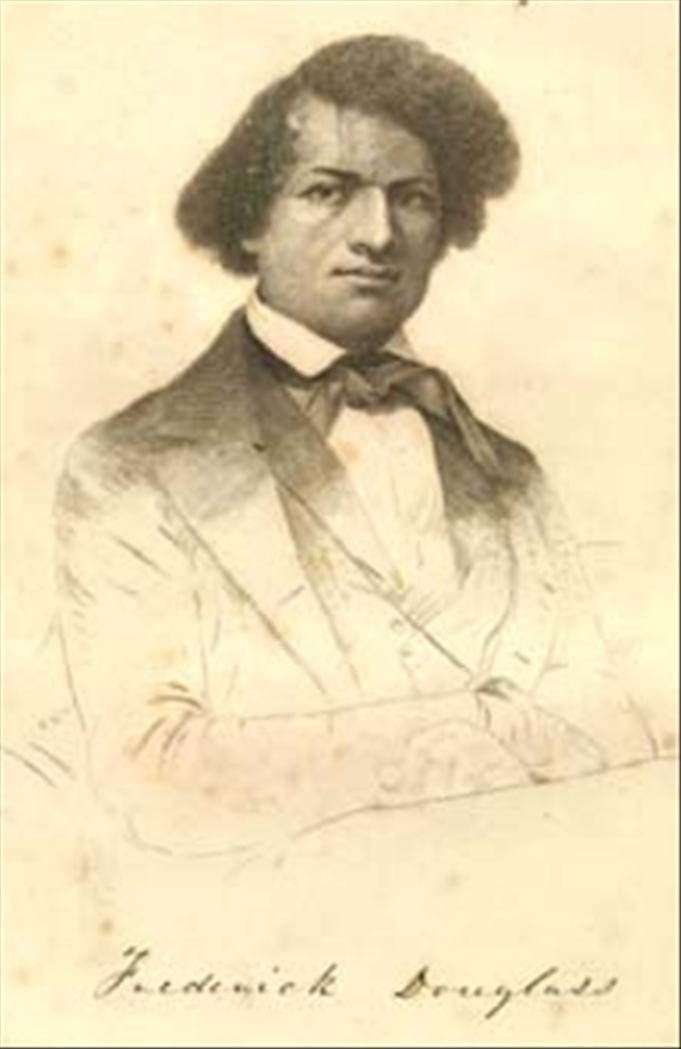 Douglass had boarded the train in Philadelphia before Garrison arrived and took a seat next to the window to await his companion. As he was looking out of the window he was “suddenly accosted in a slave driving tone and ordered to ‘get out of that seat,’ by a man who had a lady with him, and who might have claimed the right to eject any other passenger for his accommodations with as much propriety.” Douglass said he remained calm as well as seated, and told the man, “I do not feel bound to give up my seat to any one, gentleman or lady, unless asked in a proper manner to do so.”
Douglass had boarded the train in Philadelphia before Garrison arrived and took a seat next to the window to await his companion. As he was looking out of the window he was “suddenly accosted in a slave driving tone and ordered to ‘get out of that seat,’ by a man who had a lady with him, and who might have claimed the right to eject any other passenger for his accommodations with as much propriety.” Douglass said he remained calm as well as seated, and told the man, “I do not feel bound to give up my seat to any one, gentleman or lady, unless asked in a proper manner to do so.”
The man, who Garrison thought was probably drunk, seized Douglass by the collar and pulled him out of the seat. This was no small feat as Frederick Douglass was quite an imposing man. One of his biographers described him as “Over six feet in height, a strong and muscular physique, broad shouldered.” He could easily have defended himself and probably would have succeeded in driving the man from the train, yet to do so would have certainly caused his arrest and would have brought the trip to Ohio to a premature halt. Instead, Douglass rose and faced his assailant, mustered all of his self-control, and in a calm and dignified tone told the man that he was a bully. The two men exchanged a few more angry words before Douglass terminated the confrontation by taking a seat in the next railway car, where Garrison joined him.
Upon inquiry, Garrison determined that Douglass’ tormentor was John Adams Fisher, a socially and politically prominent lawyer from Harrisburg. Though Fisher remained on the same train with the pair, he had no additional confrontation with either of them. The incident, however, would prove to be a presage of the coming evening.
The train pulled in to the Market Street station at Harrisburg at three o’clock in the afternoon, and Garrison and Douglass were greeted on the platform by a group that included Dr. William Wilson Rutherford, Agnes Crain, and John Wolf. All these people were warm friends of the anti-slavery men, and Rutherford was an officer with the local anti-slavery society. Garrison greeted Dr. Rutherford as “an old subscriber to the Liberator.” On the platform waiting with Rutherford and Crain were a number of African American residents of Harrisburg, led by schoolteacher John Wolf. After introductions and pleasantries were exchanged, Frederick Douglass went with Wolf to his home in Judy’s Town, as had been prearranged, and Garrison went with William Rutherford to his mansion at Eleven South Front Street. Garrison wrote that he received, at Dr. Rutherford’s home, “a cordial welcome from his estimable lady,” Eleanor.
The two men rested at the homes of their respective hosts, and in the early evening went to the Dauphin County Court House, on Market Street, which was the venue reserved for their addresses on that and the following evenings. A large crowd had gathered by the time they arrived and the lecture room was filled before the start, which encouraged Garrison, as he had been told that previous anti-slavery lectures here had not generated much interest.
Several prominent local citizens in the audience were also pointed out to him. One person in the audience was local attorney Charles C. Rawn, who by now appears to have definitely switched his views to be sympathetic toward the anti-slavery cause. Whether Rawn was an abolitionist of the radical Garrisonian stripe at this point is doubtful. In his journal entry for the day, he wrote that he was at the crowded event to hear “the celebrated Wm. Lloyd Garrison,” showing his interest in hearing what the radical abolitionist had to say. Rawn was not as familiar with Frederick Douglass yet, referring to him as “a col’d man of some note.”
The size and makeup of the crowd also aroused Garrison’s suspicions, however, as he ascertained a certain mischievous character in many of those who hung toward the back of the room. Garrison had previously noted that Harrisburg was “very much under the influence of slavery,” and he had no doubt that influence would manifest itself in some manner during their visit.
The “celebrated” newspaper editor spoke first, and though his speech lasted about an hour, and his remarks, by his own description, were “stringent” and “severe,” he was not interrupted. He took his seat and a noticeable ripple of anticipation went through the room then, as Frederick Douglass rose and took his place to address the audience.
The sonorous voice of the former slave had scarcely echoed through the room before the solemnity of the occasion was shattered by the splattering of several eggs that were lobbed through the open windows and door. The eggs, which were aimed at Douglass, smashed all over the furniture and wall next to him, and it became immediately apparent to everyone in the room that they were very rotten.
Douglass resumed his speech, raising his voice to rise above the taunts coming from the streets outside, and attempting to ignore the nearly overpowering stench of the rotten eggs. He was almost immediately thwarted by firecrackers that were next thrown into the room, and which landed among the women who were seated to one side, causing a great commotion among them. No sooner had that excitement passed when more rotten eggs were launched through the windows, one of which broke over the back of Garrison’s head. All this time, the rowdies outside were yelling and taunting those assembled inside, and yelling, “Throw out the nigger.” By now the audience had withstood all that it could, and quite a few people began to crowd toward the door.
Garrison took the floor and managed to get control of the hall for a moment, sternly announcing that if Harrisburg lacked “sufficient love of liberty and self-respect…to protect the right of assembly and the freedom of speech,” then he and Douglass would not persist in their efforts to speak here, and they would go to where they “could be heard.” One of the more politically distinguished persons inside the Court House, Deputy Secretary of the Commonwealth Henry Petriken, angrily retorted that, although he wanted to hear the guests speak, he was “obliged to defend the character of the people of Harrisburg.” Charles Rawn, fully cognizant of the political tenor of the town, took offense at Petriken’s stance, and verbally corrected him in front of the increasingly bewildered audience.
The meeting had lost all semblance of order by now. Several persons still in their seats could be overheard asking, “Where are the police?” Curiously, the office of county sheriff was located in the same building, almost directly above the hall where the anti-slavery rally was taking place. Either Dauphin County Sheriff James Martin was not in his office and was therefore unaware of the disturbance, or he was unconcerned with the fate of outside anti-slavery agitators in the borough. Chief Burgess Henry Chritzman, who lived a few blocks east of the courthouse, on Market Street, was similarly unaware or unconcerned.
Regardless of whether local officials knew of the ongoing commotion, no police or deputies arrived to disperse the rowdies and restore order. With no lawmen in attendance, the crowd outside turned suddenly ugly, and a dangerous hail of stones and bricks soon took the place of the annoying but relatively harmless eggs and firecrackers. Several windows in the courthouse were smashed and Douglass was hit in the back by a stone and grazed on the face by a brick. In writing of the episode a few days later, Garrison pointed out that “all the venom of the rowdies seemed to be directed against [Douglass].”
Sensing the intent of the mob, a number of African American residents rushed to form a protective escort around Douglass as he hurriedly exited the courthouse onto Market Street. He later recalled that a local white woman offered to take his arm and walk with him, but he declined, sensing that it would only incite the mob to more extreme violence. He was probably correct. The scene in the street was chaotic and frightening as a group of the town’s African American residents attempted to move Douglass eastward along the street through the surrounding swarm of enraged whites who shouted racial epithets and continued pelting them with missiles. The white anti-slavery supporters at the scene, Garrison wrote, were left unmolested, and could only watch helplessly as Douglass was led by the town’s blacks to refuge in a friendlier neighborhood. The lack of police intervention in the riot was noticed by the national press, which termed it “shameful.”
William Lloyd Garrison and Frederick Douglass did get their opportunity to address the citizens of Harrisburg peaceably the next day, which was Sunday. Instead of pressing ahead with another attempt to speak at the courthouse, however, they limited their appearance to a more hospitable location, speaking twice at the Wesley Union A.M.E. Zion church, in Tanners’ Alley. They spoke in the late morning and in the afternoon, to a crowded audience that was mostly African American, although in a letter written several days later from Pittsburgh, Garrison recalled that “a number of white [friends] were also present.”
No African American anti-slavery orator attempted to address the white citizens of Harrisburg publicly the rest of that decade. The next year, when Martin R. Delany arrived in town to lecture to African American audiences, he found the “general demeanor of the whites is quite civil…but do not think I could say as much, had I attempted to hold a meeting in the Court House.” The message had been conveyed quite clearly, even if the town had suffered a dressing down for its shameful behavior: Harrisburg was, as Garrison had written, “very much under the influence of slavery.”
There is, however, an important point to be made regarding those two Sunday meetings at Wesley Church. Those who were in attendance to hear Douglass and Garrison speak at the church, both white and black, were the defiant ones, refusing to buckle under to the prevailing pro-slavery sentiment in Harrisburg. They had publicly defied the slave powers from the first week of 1836, when they held a public meeting in Alexander Graydon’s house, through the excitement of the conventions in the following years, to the stormy visits from outside lecturers. The 1847 meeting in the Wesley Church was a victory for the cause of anti-slavery because it proved that Harrisburg whites and blacks were still working together years after Charles B. Ray and Junius Morel had connected those “few choice white activists” with the African American activists. No longer were their efforts totally separate and disconnected. For more than a decade their cause had been, and would continue to be onward, even though that path led decidedly uphill.
Further reading
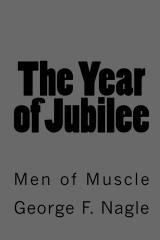 Covering
the history of African Americans in central Pennsylvania from the colonial era through the Civil War.
Covering
the history of African Americans in central Pennsylvania from the colonial era through the Civil War.
Support the Afrolumens Project. Read the books:
The Year of Jubilee, Volume One: Men of God, Volume Two: Men of Muscle
